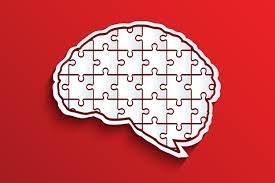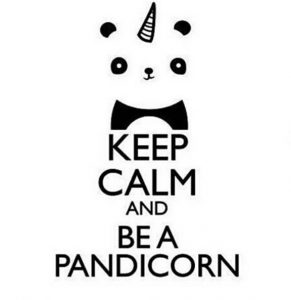Debates!
 In connection with our current unit and our discussions around the critical thinking core competency, we will be having DEBATES on topics of passion in class!
In connection with our current unit and our discussions around the critical thinking core competency, we will be having DEBATES on topics of passion in class!
This is also a great follow up to our discussions about how to write a five paragraph argument (done before winter break), ethics (during our problem-solving unit), and using evidence to make arguments (making sure to say our becauses!) It is also an opportunity to practice writing, research, and speech-making skills.
What are the steps?
- Each person has been given a partner to work with, and together they will form a mini debate team.
- Each two person team has met with another team to decide a topic to debate. We have several different topics being debated in our class.
- The four students will write a statement that serves as the affirmative side of the argument.
- Then, the debate teams of two will begin by outlining for themselves some of the key argument areas they could make, on both the affirmative and negative side of the argument.
- Students will do research to support both sides of the argument, taking notes in their journals. Divide up each page into four sections. Record quotes from the research source, who said it, the name of the source (such as Time Magazine, CBC) and the year. Do not use something older than 2020 or that does not have a date.
- Then, each of the two people on a mini team will decide who is writing the positive/affirmative speech, and which one will write the negative speech to introduce the debate. Both people are responsible for turning in a speech to me. Partners can help one another with evidence for either speech.
- When it is time to debate, Ms. D will flip a coin to decide which side each team will be on, affirmative or negative. Then, we will debate!
What is the format of the debate?
- Team Affirmative will present their 5 Paragraph essay speech supporting the debate statement. (5 minutes – one person from the team)
- Team Negative will present their 5 paragraph essay speech opposing the debate statement. (5 minutes – one person from the team)
- Pause, where partners make quick outlines of counter arguments and evidence they can use against the points made by the other team. (10 minutes – both partners work together)
- Team Affirmative presents counter arguments against Team Negative’s opening statement. (2 minutes – the person who did not do the big speech)
- Team Negative presents counter arguments against Team Affirmative’s opening statement (2 minutes – the person who did not do the big speech)
- Pause, where partners make quick outlines of concluding arguments and evidence (5 minutes – both partners work together)
- Team Affirmative makes a final argument (1 minute, either partner)
- Team Negative makes a final argument (1 minute, either partner)
Even though each partner may have a different amount of speaking time, partners will work together to gather evidence and to make counter arguments.
If we have time, some teams can debate twice, as we have some groups of four with the same topic.
What is due to Ms. D?
- Each partner needs to turn in an edited, five-paragraph speech, including evidence to Ms. D.
- Ms. D would like to see the evidence cards you have made in your journal.
- Each person participates in the debate.
How do I do well on this project?
- I can use my critical thinking skills to create logical arguments, and back them up with evidence from my research.
- I can document my research in my journal, along with the source of the information.
- I can present my arguments in a clear way, using a five paragraph essay format as practiced in class. I can create a thesis that states my position and then provide evidence and points that help persuade the reader about my point of view.
- I can write paragraphs with a proper indent, introductory sentences, and concluding sentences.
- I can use proper conventions and edit carefully for capital letters, punctuation, and transition words.
- I can present my information aloud to the class using appropriate volume, expression, enunciation, and eye contact.
- I can listen to another team’s arguments with respect and then respectfully respond, debating the issue calmly and clearly.
- I can understand a debate does involve one side or the other having a stronger argument, but that this doesn’t mean I am in a competition to beat another person. Sometimes a decision has to be made between two sides, but it is possible both sides did a great job. I can show I understand a debate is supposed to be a fun way to have a discussion about a topic.
- I can express congratulations to both sides of debating teams, be kind to my partner, and acknowledge the great job the team against me has done.
When will we have the debates?
We will be working on these over the next two weeks and will set a debate time by April 19th, giving enough class time for research and writing.
Thank you and please let me know if you have questions. We went over a lot of this today in class.


